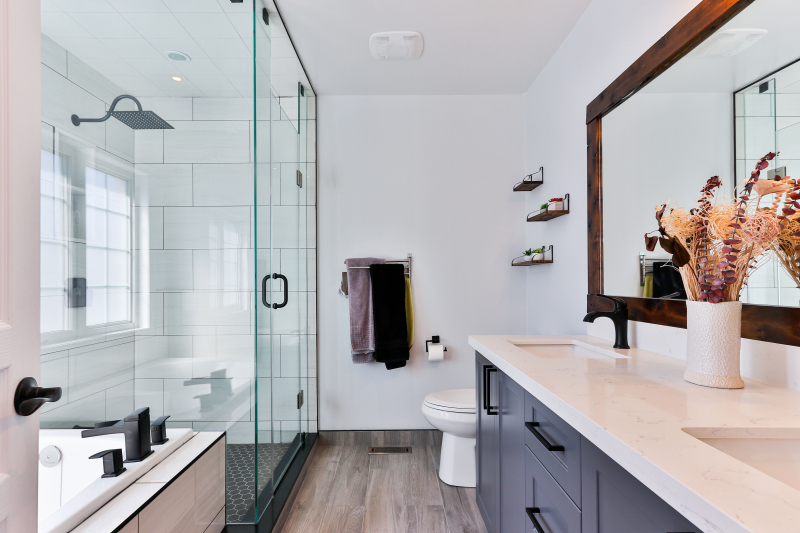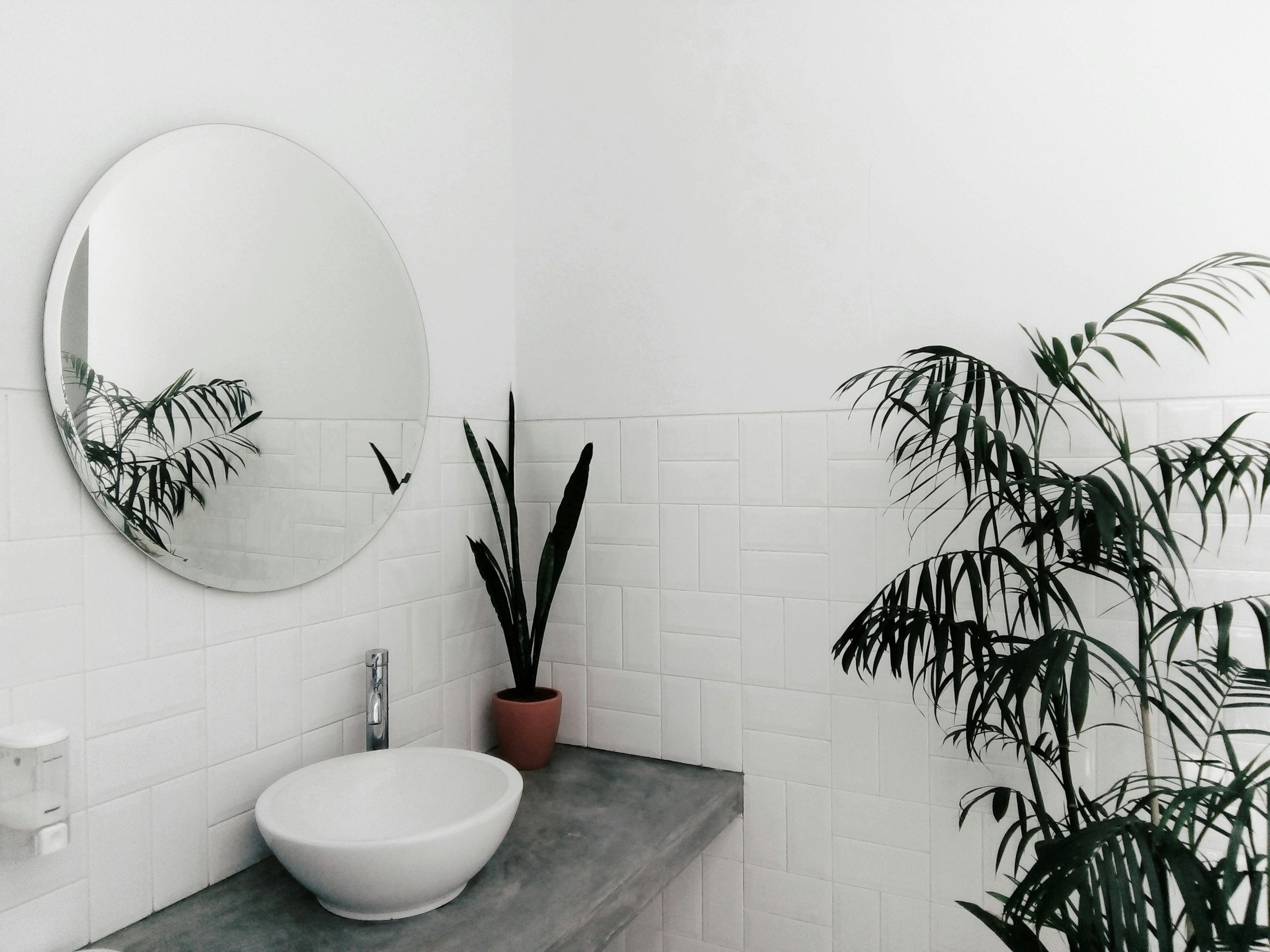
Minimizing Mould & Mildew
There are several topics far more fun to read about than mould and mildew around your home, but it’s something that every homeowner should look for, and, if necessary, remedy as quickly as possible if found.
Enclosed spaces and damp areas that lack ventilation can quickly become a haven for mould, mildew and other irritating or harmful allergens. Common locations for mould and mildew growth include laundry and storage areas, crawlspaces, and areas near plumbing supply lines that run inside and behind cabinets. That’s why it’s so important to have exhaust fans in bathrooms and kitchens. If you discover such a breeding ground in your home, it’s important that you deal with it immediately and thoroughly, before it grows out of control and gets to the point where it can be harmful to your health and damaging to your home.
If mould spores attach and grow on drywall, the panel may need to be cut out and patched or replaced. This remediation is necessary but can be expensive, time-consuming, and difficult to finish seamlessly. However, if you discover mould on a hard surface such as a baseboard or solid flooring, vigorous scrubbing with a disinfectant will likely erase the problem. It is much more difficult to remove the effects of mould from soft surfaces such as fabrics. You will likely need to dispose of these items.
Now that you know what signs to look for, let's make sure that those higher risk areas are checked out before the holidays, so you can rest easy knowing there's nothing to worry about.

